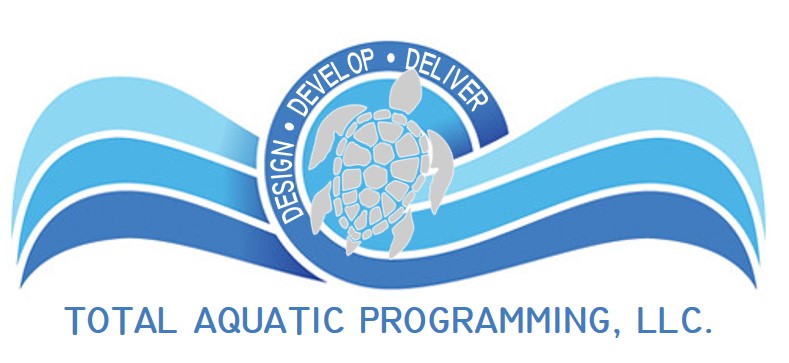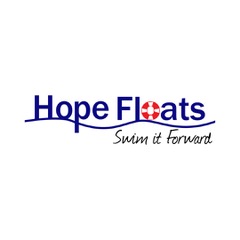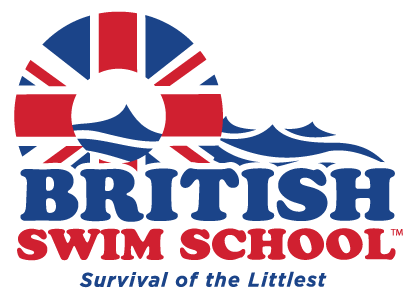If you could save over 4,000 lives annually in the US, would you seize the opportunity? Of course, you would, and you can do it simply by investing in the right water safety equipment to prevent drowning incidents.
Unintentional drowning is preventable, and with the proper water safety equipment, you can significantly reduce the risks associated with swimming, boating, and other aquatic pastimes. Continue reading to explore essential water safety and rescue equipment that should be a part of your gear to ensure a safe and enjoyable experience near water bodies.
Personal Flotation Devices (PFDs)
Various water activities require specific types of personal flotation devices (PFDs). These include life jackets and vests, which should be U.S. Coast Guard-approved and suitable for the wearer’s weight and size. These devices are designed to keep the wearer afloat, significantly reducing the risk of drowning. According to the U.S. Coast Guard, wearing a properly fitting PFD can dramatically increase survival rates in water-related emergencies.
Life rings and throwable devices are also in this category. You can throw these buoyant devices at a person in the water to provide immediate flotation support until rescue can be performed.
Safety Lines and Floats
Safety lines and floats are typically pool lane dividers or safety lines. They serve several crucial functions in recreational and competitive swimming environments. These floating barriers are installed across the width of a swimming pool to distinguish between the deep and shallow ends. This distinction is vital for alerting swimmers, particularly those needing more confidence in deeper water, about the varying depths, thereby enhancing safety.
In addition, these lane dividers offer sturdy support that swimmers can grasp if they need to rest or catch their breath, ensuring they can quickly halt and stabilize themselves in the water. The construction of these devices is specifically designed to be robust yet buoyant. They are often made from materials like plastic or foam and connected by a cord that runs through the entire length.
Rescue Poles or Shepherds’ Crooks
These vital safety implements play a crucial role in numerous rescue missions, especially in proximity to aquatic environments or other situations where directly engaging with an individual in peril could be hazardous or unfeasible.
The construction of these tools features elongated, robust shafts, typically crafted from materials that are durable and strong enough to endure the substantial forces exerted during rescue efforts. At one extremity of the shaft, there is either a hook or a loop, meticulously engineered to safely grasp and secure a person or their attire.
Overall, rescue poles or shepherds’ crooks are versatile, essential tools in the arsenal of rescue equipment designed to maximize efficiency and safety during rescue operations.
Pool Fences and Barriers
Pool fences and barriers’ primary purpose is to provide a layer of safety that helps prevent accidental drownings or injuries. Children, being naturally curious and often unaware of the dangers associated with water, are at particular risk. Installing a barrier or fence creates a controlled environment.
The design and construction of pool fences and barriers should adhere to specific standards to ensure maximum effectiveness and safety. These standards typically specify the minimum height of the fence, the approved materials, the spacing between vertical slats, and the type of gate and latching mechanism. For instance, the fence should be tall enough to prevent children from climbing over it, and the gate should be self-closing and self-latching, with latches placed out of the reach of small children.
Pool barriers are not just about preventing access; they also serve as a visual reminder of the pool’s presence, encouraging adults to be more vigilant when children are nearby. In addition to fences and barriers, pool owners might consider additional safety measures such as pool alarms, safety covers, and regular safety checks to ensure the pool area remains a safe environment for everyone.
First Aid Kits
Although a first aid kit doesn’t prevent accidents, it is critical to ensure immediate medical attention is available during water-related emergencies. Such emergencies can range from minor scrapes and bruises to more serious injuries or conditions like drowning, hypothermia, or jellyfish stings.
Unexpected accidents can occur when engaging in activities near or in water, such as swimming, boating, or fishing. A comprehensive first aid kit allows for prompt response to these incidents, potentially reducing the severity of the outcomes or even saving lives. You should tailor your kit to address the specific types of injuries and health issues more likely to occur in water-based environments.
Essential components of a water-focused first aid kit include waterproof bandages and dressings to protect wounds from water exposure, materials for creating splints, antiseptic wipes to clean wounds, and medications for addressing symptoms like nausea or allergic reactions. For more severe situations, the kit should also have tools to perform cardiopulmonary resuscitation (CPR) or to treat drowning, including a face shield for mouth-to-mouth resuscitation.
Those responsible for the first aid kit must know its contents and how to use them effectively. Training in first aid and CPR, specifically focusing on water-related injuries, can enhance the effectiveness of the available medical supplies.
Communication Devices
Effective communication devices are indispensable for safety and emergencies:
Cell Phone
You may not think of your cell phone as water safety equipment, but having one that’s easily accessible is necessary. When boating or at a remote water location, place your cell phone in a waterproof case to protect it from water damage and ensure it is a viable communication option for making calls, sending messages, or using navigation apps.
However, cell phone coverage can be unreliable or nonexistent in remote water areas, so this should not be the sole means of communication.
Waterproof Radio
A waterproof VHF (Very High Frequency) marine radio is a standard maritime communication tool. These radios are designed to withstand water exposure. They are essential for sending distress signals or communicating with other boats, marinas, or coast guards.
They often come with features like weather channels, which provide real-time updates on maritime conditions, and DSC (Digital Selective Calling), which allows you to send a distress signal with your location to emergency services at the push of a button.
Personal Locator Beacons (PLBs) and EPIRBs
Personal locator beacons (PLBs) or emergency position-indicating radio beacons (EPIRBs) are critical for more severe or remote marine activities. When activated, these devices send a distress signal with your location to a worldwide network of search and rescue satellites, facilitating a faster and more precise response from rescue teams.
Everyone Can Help Prevent Drowning
Ensure you have the necessary water safety equipment to create a safe swim environment. Equip yourself and your loved ones with the gear and knowledge to enjoy water-related activities safely. Remember, preparedness is the key to ensuring a safe and enjoyable time near or in the water.Together, we can end the heartache of losing a loved one due to drowning. Take our Water Safety Challenge to measure your family or community’s water safety competence, and help us provide water safety outreach to schools and community groups to keep everyone safe.



